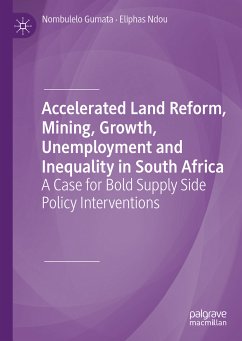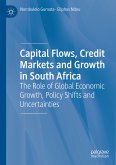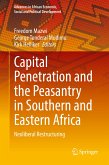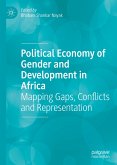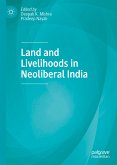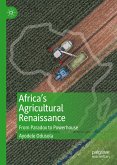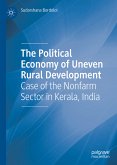The overarching goal of South Africa's National Development Plan (NDP) is to eliminate poverty, reduce inequality, lower unemployment and increase the labour participation.This book contributes to academic and policy efforts to achieve these NDP goals. We establish that the coal, metal ores and the platinum group commodity sectors will underpin the mining as a "sunrise" industry. The export-led growth strategy is necessary for intensive employment creation but must be complemented by other micro, macroeconomic and industrial policies. A strategy of minerals beneficiation is important for intensive employment creation. Accelerated land reform is a supply side or structural reform policy intervention tool aimed at increasing potential output, changing ownership patterns in the economy, increasing entrepreneurship, labour absorption, economic inclusion and lowering income inequality. Evidence shows that the balance sheet channel, commodity price booms and busts are intricately linked with the exchange rate dynamics, policy uncertainty, confidence and the effects of droughts (also symptoms of climate change). Productivity and investment growth shocks matter for output, employment and price stability. Evidence indicates that nominal GDP growth above 10 percent and keeping inflation within the target band leads to significant increase in employment and decline in unemployment, without inflationary pressures, especially when inflation is below 4.5 percent. To operationalise the NDP targets, align and co-ordinate policies, the South African Reserve Bank (SARB) mandate can be expanded to include maximum employment. This must be complemented by lowering the inflation target band, adjusting the financial regulatory, macro-prudential and monetary policy frameworks. This will enhance the conduct and credibility of monetary and financial stability policies to achieve the set objectives. These objectives make policy co-ordination pertinent and binding.
Dieser Download kann aus rechtlichen Gründen nur mit Rechnungsadresse in A, B, BG, CY, CZ, D, DK, EW, E, FIN, F, GR, HR, H, IRL, I, LT, L, LR, M, NL, PL, P, R, S, SLO, SK ausgeliefert werden.

